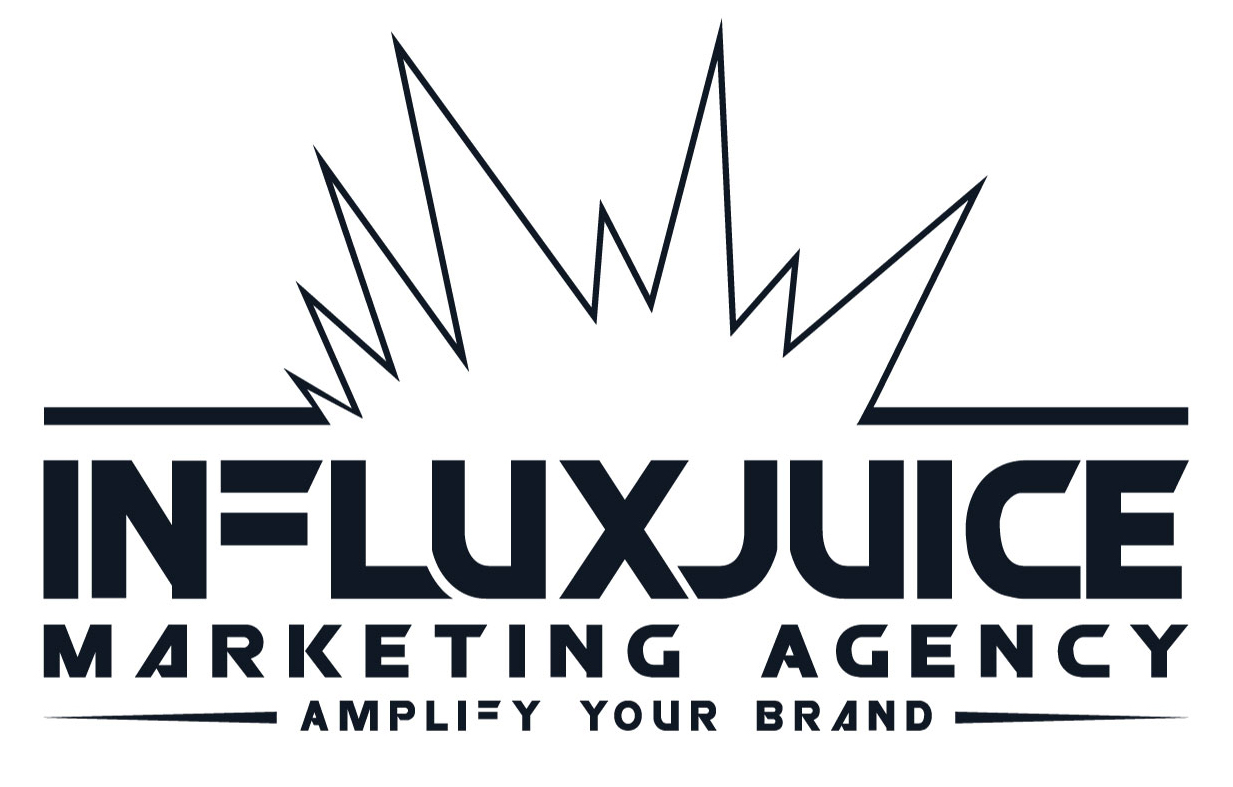Contracts drive businesses forward, but managing them manually slows you down. In 2025, the right digital contract management tool can mean the difference between closing deals quickly and getting stuck in paperwork. Let’s break down the features that truly matter.
1. Work from Anywhere, on Any Device
Gone are clunky systems that tie you to a desk. Modern teams need tools that adapt to their workflow – whether they’re in the office, at home, or traveling.
Why device flexibility matters:
- Respond faster: Review, edit, or sign contracts during a commute or between meetings using your phone or tablet.
- Avoid delays: Critical updates no longer wait for you to return to the office.
- Team collaboration: Multiple stakeholders can edit the same contract in real time, even from different locations.
For example, imagine a sales rep finalizing a client agreement from their laptop while a legal team member reviews clauses on their tablet. Delays disappear when everyone works in sync.
2. Connect to Your Existing Tools

Your contract tool shouldn’t exist in isolation. It needs to fit into the systems you already use daily, like CRM platforms, communication apps, or cloud storage.
Key integration benefits:
- Centralized data: Sync contracts with CRM tools like Salesforce to keep customer details and agreements in one place.
- Automate workflows: Eliminate manual data entry by linking contract approvals to project management tools like Asana.
- Better communication: Notify teams via Slack or Microsoft Teams when a contract is ready for review.
Recent data shows businesses using integrated tools reduce contract processing time by up to 40%.
3. Security You Can Trust
Contracts often contain sensitive data – payment terms, intellectual property, or confidential clauses. A single breach can cost millions or damage your reputation.
Non-negotiable security features:
- End-to-end encryption: Ensure only authorized parties access documents.
- ISO-certified protocols: Look for tools complying with ISO 27001 for data protection.
- Audit trails: Track every change made to a contract, including who made edits and when.
Compliance is equally critical. Verify the tool meets standards like GDPR for European clients or HIPAA for healthcare contracts. Over 80% of businesses now prioritize certifications when selecting software.
4. Simple, Adaptable Design

A tool that’s hard to use will collect dust. The best solutions balance power with simplicity.
What to look for:
- Clear navigation: Teams shouldn’t need weeks of training to create or approve contracts.
- Custom templates: Draft error-free agreements quickly using pre-built, legally vetted templates.
- Scalability: Choose a tool that grows with your business. Start with basic features and add advanced options like AI review as needed.
For instance, a startup might begin with basic storage and e-signatures, then expand to automated renewal alerts as their contract volume grows.
5. AI That Adds Real Value
AI is everywhere in 2025, but not all tools use it effectively. Avoid gimmicks and focus on practical AI features that save time.
Worthwhile AI capabilities:
- Metadata extraction: Upload old contracts and let AI pull key terms (dates, clauses, parties) into searchable fields.
- Risk alerts: Flag non-standard language that could lead to disputes.
- Smart search: Find specific clauses across thousands of contracts in seconds.
A recent case study showed companies using AI for contract review cut negotiation time by 65%.
6. Transparent Pricing Without Surprises

Hidden fees and complicated tiers drain budgets. Prioritize tools with straightforward pricing models.
Ask these questions:
- Are there setup fees or per-user charges?
- Does the price include customer support and updates?
- How does scaling (adding users or features) affect costs?
Tools like Concord and HyperStart CLM offer flat-rate plans, making it easier to predict expenses as your team grows.
Putting It All Together
Choosing a contract management tool isn’t about chasing every feature. Focus on what aligns with your workflow:
- Flexibility: Ensure teams can work across devices without friction.
- Integration: Connect to CRM, communication, and storage tools you already rely on.
- Security: Protect data with encryption and compliance certifications.
- Ease of use: Prioritize intuitive design over unnecessary complexity.
- Practical AI: Opt for tools that automate tedious tasks, not just hype.
- Clear pricing: Avoid tools with convoluted billing structures.
By focusing on these areas, you’ll select a tool that streamlines operations, reduces risk, and keeps your business moving forward.
Next steps:
- Test tools with free trials to gauge usability.
- Involve legal, sales, and IT teams in the decision process.
- Check user reviews on G2 or Capterra for unbiased insights.
The right tool isn’t just about managing contracts – it’s about unlocking faster growth and stronger client relationships.
We recommend our partner Oneflow. Book your free demo here.
Want to know how to increase customers and sales for your business?
Tap here to chat to me and I’ll show you how we make it happen.
If you’ve enjoyed reading today’s blog, please share our blog link below.
Do you have a blog on business and marketing that you’d like to share on influxjuice.com/blog? Contact me at rob@influxjuice.com.
Want to know how we can guarantee a mighty boost to your traffic, rank, reputation and authority in you niche?
Click here to access our Playbook – ‘SEM/GEM Guide’.

